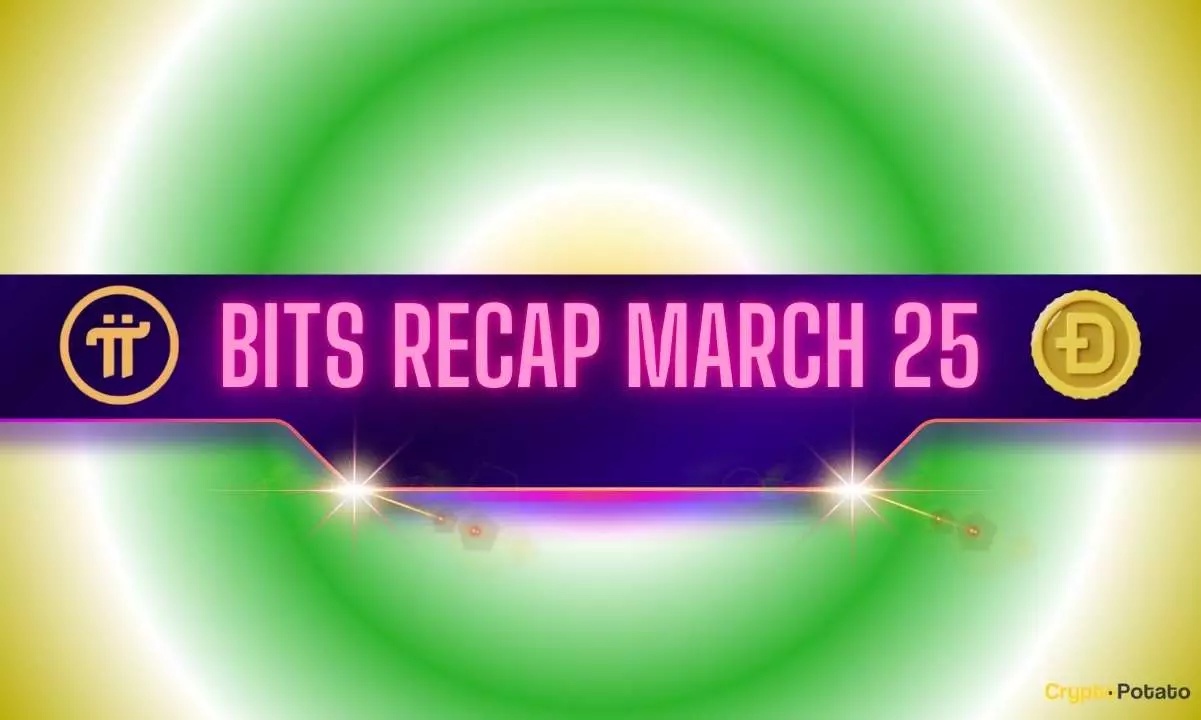The crypto world operates at dizzying speeds, where fortunes can shift in mere moments. Take the recent trajectory of the PI token as a case study. Launched amid much anticipation on February 20, it rapidly ascended to a stratospheric valuation, peaking at nearly $3 by February 27. However, this excitement was fleeting, and the reality of the market soon crushed the early euphoria. As it stands, the token’s current valuation has plummeted to a disappointing $0.92, sending ripples of concern throughout the trading community. This rollercoaster ride encapsulates a larger cautionary tale about the volatility inherent in the cryptocurrency market, one that reflects both investor zeal and the futility of mere speculation.
An immediate lesson to be gleaned from this is the proven fragility of reputations and promises in the crypto space. The ambition behind the PI project and its much-hyped launch has not translated into lasting stability or investor confidence. For many stakeholders, the promise of wealth has turned into a painful lesson in misplaced trust that reinforces the notion that crypto assets should be approached with extreme caution.
Community Discontent: A Breeding Ground for Skepticism
The discontent in the PI community is palpable, particularly evident in the response to the contentious decision regarding the Know Your Customer (KYC) process. The Pi Network team has opted against extending what they call the Grace Period, leading many to question their motives and the commitment to their user base. Users were left vulnerable: failure to complete the KYC process by March 14 meant forfeiting most of their accrued tokens. The sense of betrayal is palpable among investors who believed that participation in the project guaranteed some level of security.
Adding to this discontent was the apparent ambivalence exhibited by major exchanges like Binance. Despite an overwhelming 86% of voters desiring the listing of the PI token, the exchange has thus far chosen to ignore the collective voice of its community. This raises important ethical questions surrounding accountability from platforms that dictate the financial realities of burgeoning assets. Are they acting in the interest of the users, or merely playing to their own market strategies?
The Paradox of Adoption
While some exchanges, including OKX and Gate.io, have welcomed the PI token, their support has proven insufficient to bolster its price. The paradox here is rich and compelling: the more exchanges that embrace a token, the more skepticism seems to emerge. The fear of centralization looms large, particularly for assets that claim to embody decentralization and community. Liquidity and credibility, essential aspects of any successful cryptocurrency, cannot merely stem from exchange listings; they must also include genuine user engagement and transparent practices.
Furthermore, the integration of PI tokens with innovative platforms like Telegram introduces an interesting dynamic. The potential for users to see their tokens in a popular messaging app is undoubtedly advantageous, but it is meaningless without a solid backing of trust and utility. Mere aesthetics do not drive investor confidence; consistent performance does. The constant flux in the token’s value serves as a stark reminder that vision must be tethered to execution.
Illusion of the Meme Coin Phenomenon
In recent days, the meme coin phenomenon has dominated discussions in crypto circles. The surge of the Dogecoin (DOGE) exemplifies a different trajectory. With a price increase spurred by strategic movements and solidifier partnerships—like the establishment of “The Official Dogecoin Reserve”—it provides an illuminating contrast to the PI token’s tumult. Here, the relationship between trust, strategy, and performance becomes abundantly clear. Unlike the erratic rise and fall of the PI token, DOGE stands as a testament to how strategic outreach can cultivate community and bolster credibility.
Perhaps, this speaks less to the nature of the assets themselves and more to the underlying psychological landscapes driving investor behavior in the crypto realm. In a space where speculation often reigns supreme, there exists a compelling connection between emotion, community, and market success. It raises the uncomfortable yet vital question: is this chaos a reflection of genuine participation, or merely an echo of our collective herd instinct driven by the fear of missing out?
The rise and fall of the PI token is a bitter reminder that the world of cryptocurrency is no fairy tale. It is marked by promises, interest, and often disillusionment—a landscape where every trend reveals deeper truths about human behavior, trust, and the consequences of our financial decisions.















